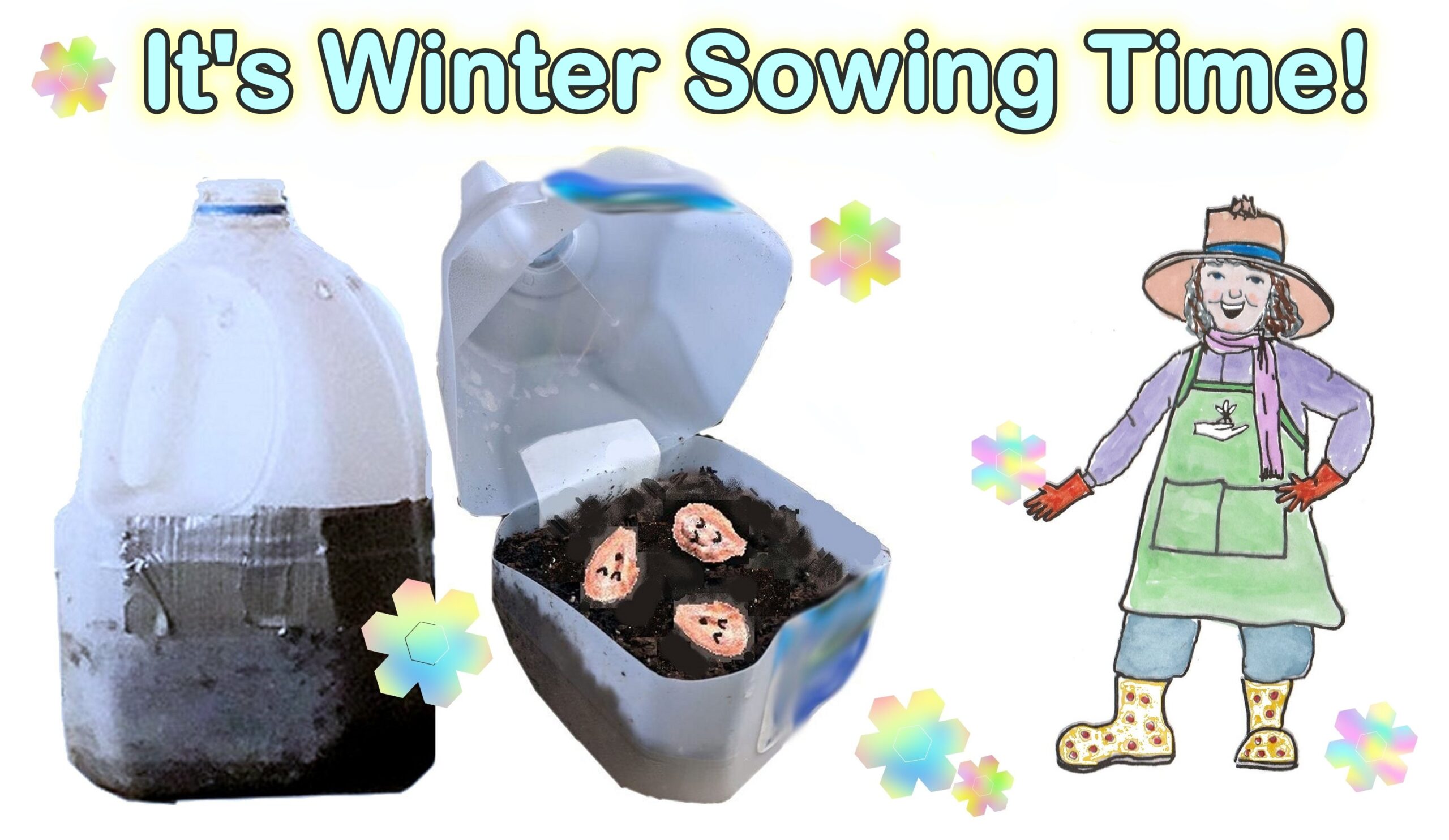Winter sowing is the “natural” alternative to scarification and stratification. If you have seeds that call for either or both, winter sowing is a great alternative, particularly if you do not have the space or money to have a rack of plant grow lights set up in your home or a temperature and moisture-controlled greenhouse.
When we scarify seed coats, we mimic the natural weakening of the seed coat that happens out in nature due to the freeze-thaw cycle of winter. Stratification mimics the chill days of winter. So, why not let the real winter do the work?
If you are working with native seeds from the southeast, they already have built into their DNA the naturally cool, warm, cold, freezing, warm fluctuations of the southeast winter weather. Do not worry that they will sprout; then a freeze will kill them. These are NOT non-native tropical plants fooled by Mother Nature; natives have her number! Their ancestors have survived hundreds if not thousands of winters here. They will sprout according to their timetable, not yours.
By putting your seeds in containers outside, you protect them from flooding rain and critters, and you don’t have to slowly harden off seedlings from the temperature of your home to the outside.
You can start any time after the plant drops seed; after all, the seeds would be there in nature, but now is a good time. Look at the species requirements to see how long the stratification period should be. If they are already in your refrigerator, you can still put them outside in a container.
There are several good guides on the internet. My two favorites are Six More Weeks of Winter!? Celebrate by Winter Sowing Your Seeds! – Dave’s Garden(https://davesgarden.com/guides/articles/view/585) and Winter Sowing | A Simple Way to Start Seeds Outdoors | joe gardener®(https://joegardener.com/podcast/130-winter-sowing/)
One side note: Labels – markers fade outside from UV light. Use a dark paint pen, or if you only have a marker, mark the bottom of the container that is not exposed to the sun.

